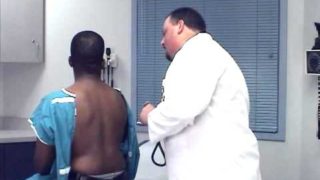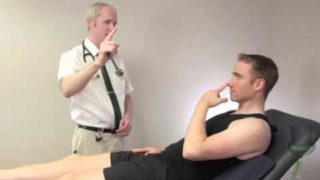De Quervain Syndrome Test – Everything You Need To Know – Dr. Nabil Ebraheim
Dr. Ebraheim’s animated educational video describing De Quervain syndrome – Finkelstein’s Test. The Finkelstein’s Test is used to diagnose the condition of De Quervain syndrome (stenosing tenosynovitis of the first dorsal compartment of the wrist). The muscles of the first dorsal compartment of the wrist allow for thumb motion. The two tendons that are involved […]
De Quervain Syndrome Test – Everything You Need To Know – Dr. Nabil Ebraheim
Other Videos You Might Like:
Subscribe
Login
51 Comments
Newest




